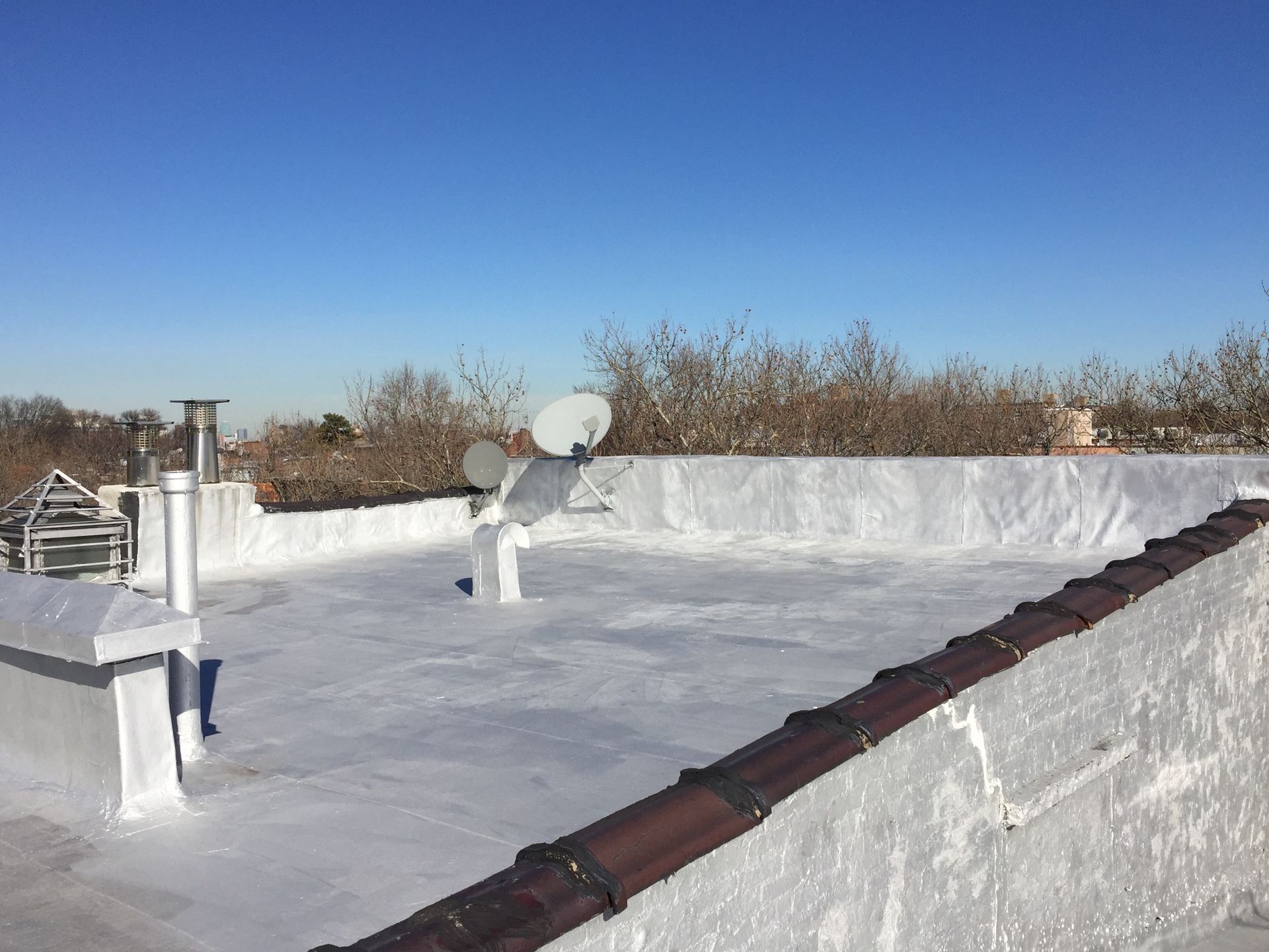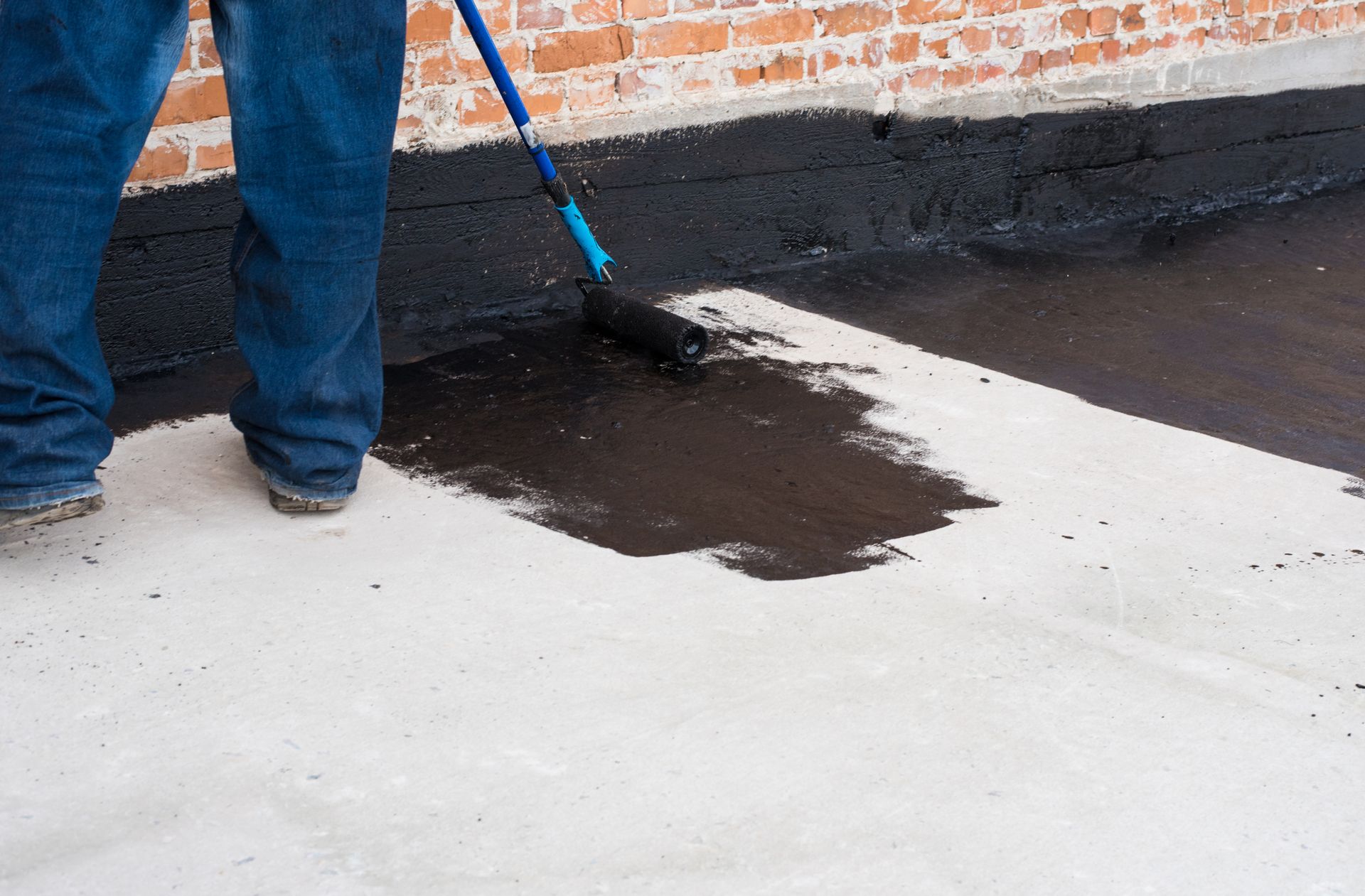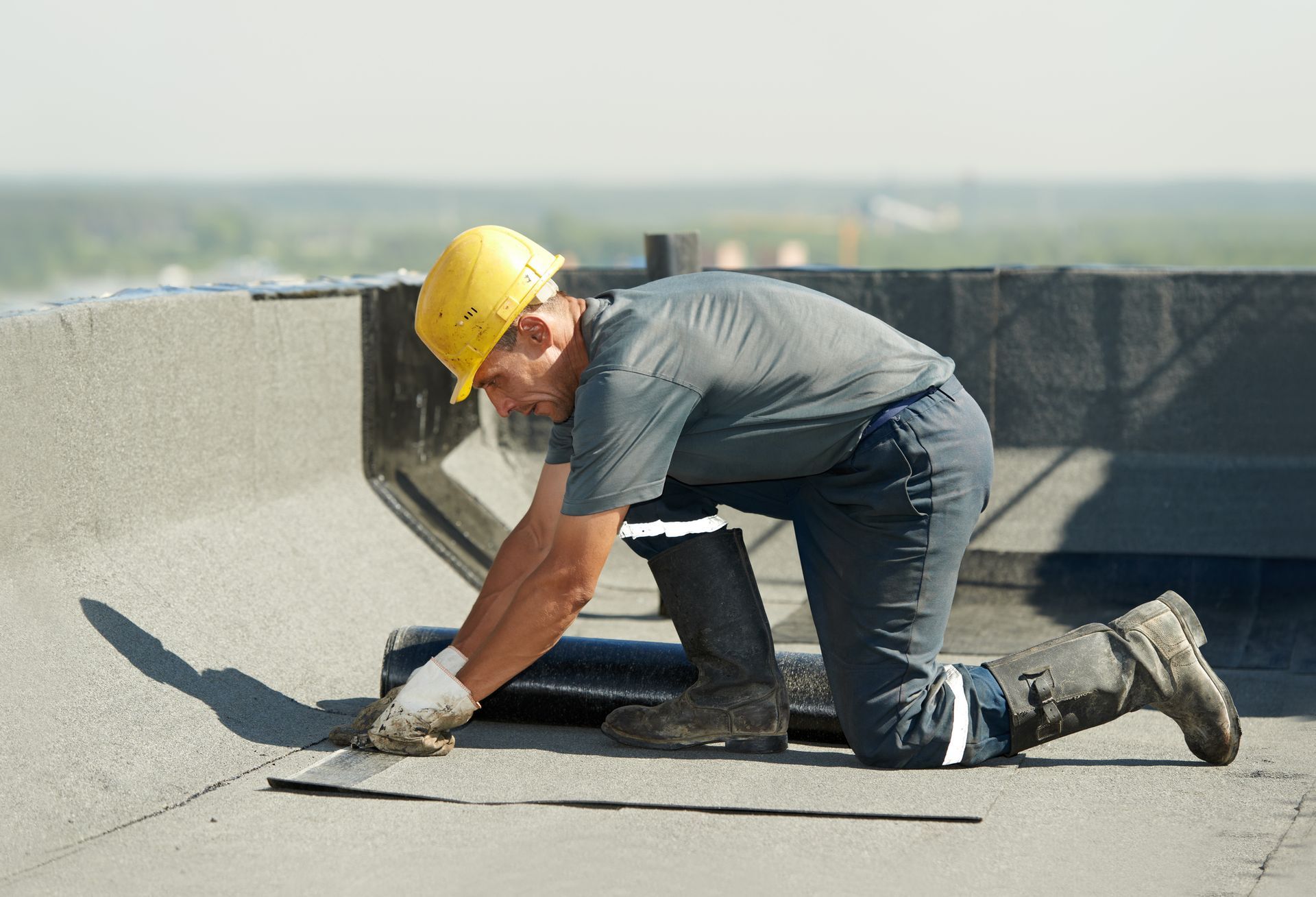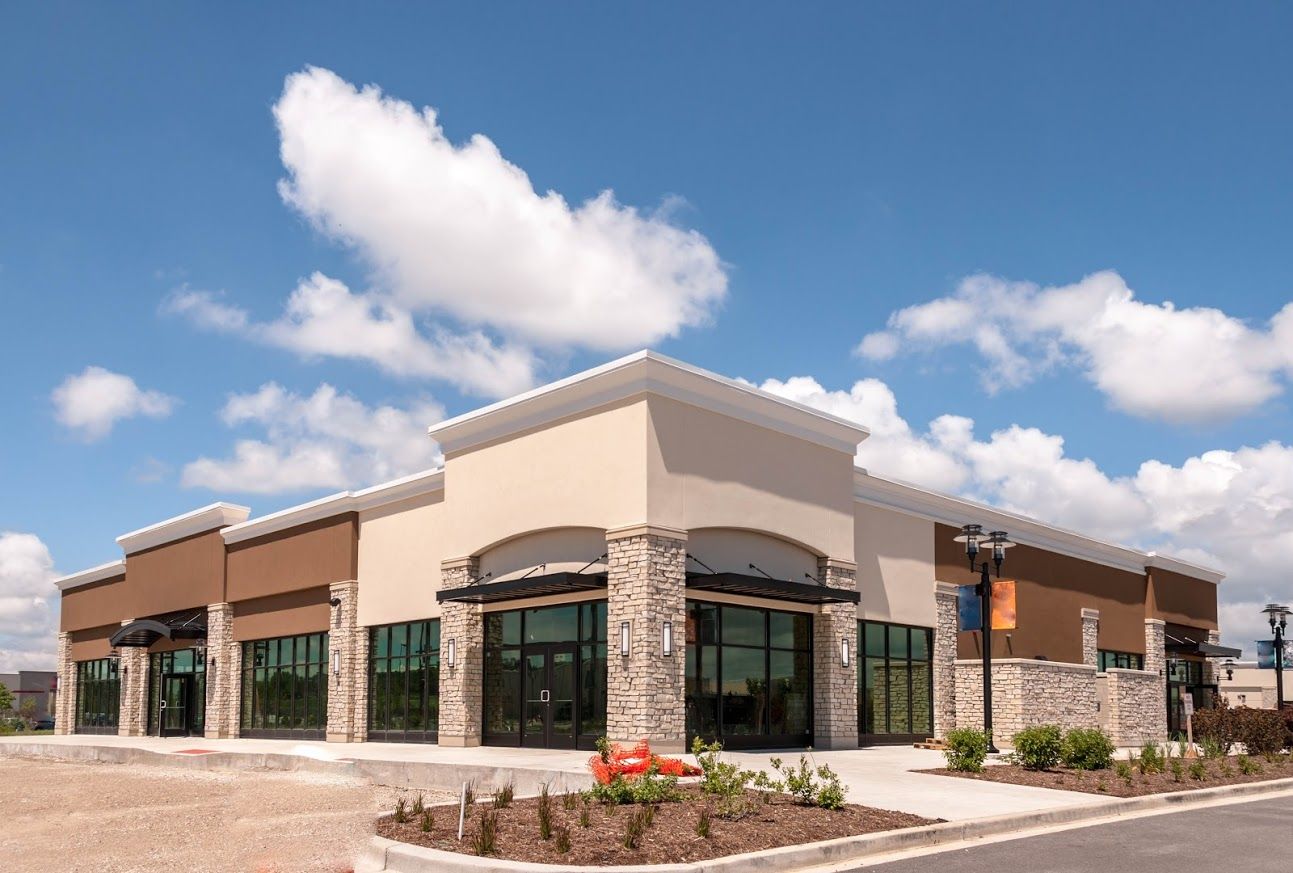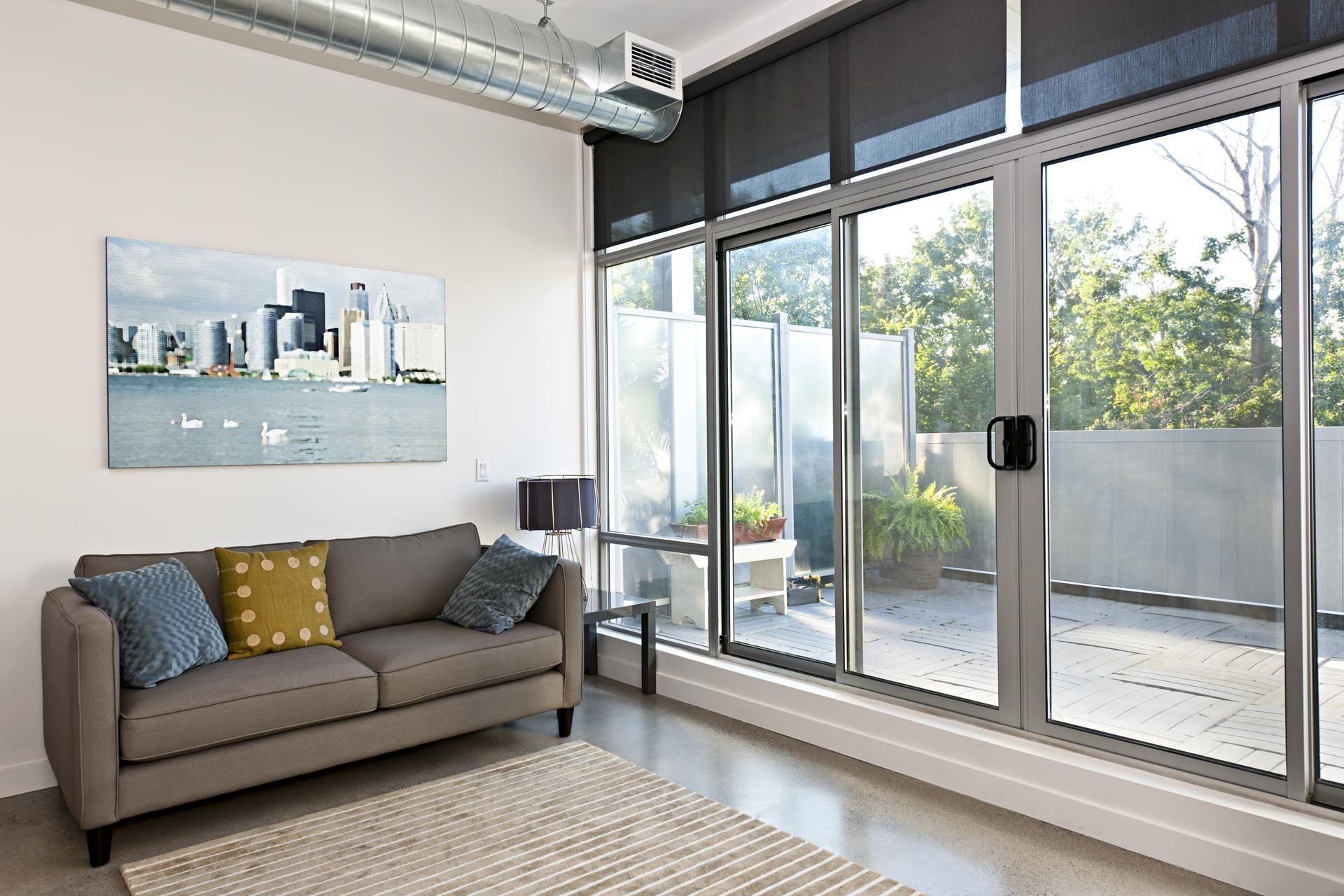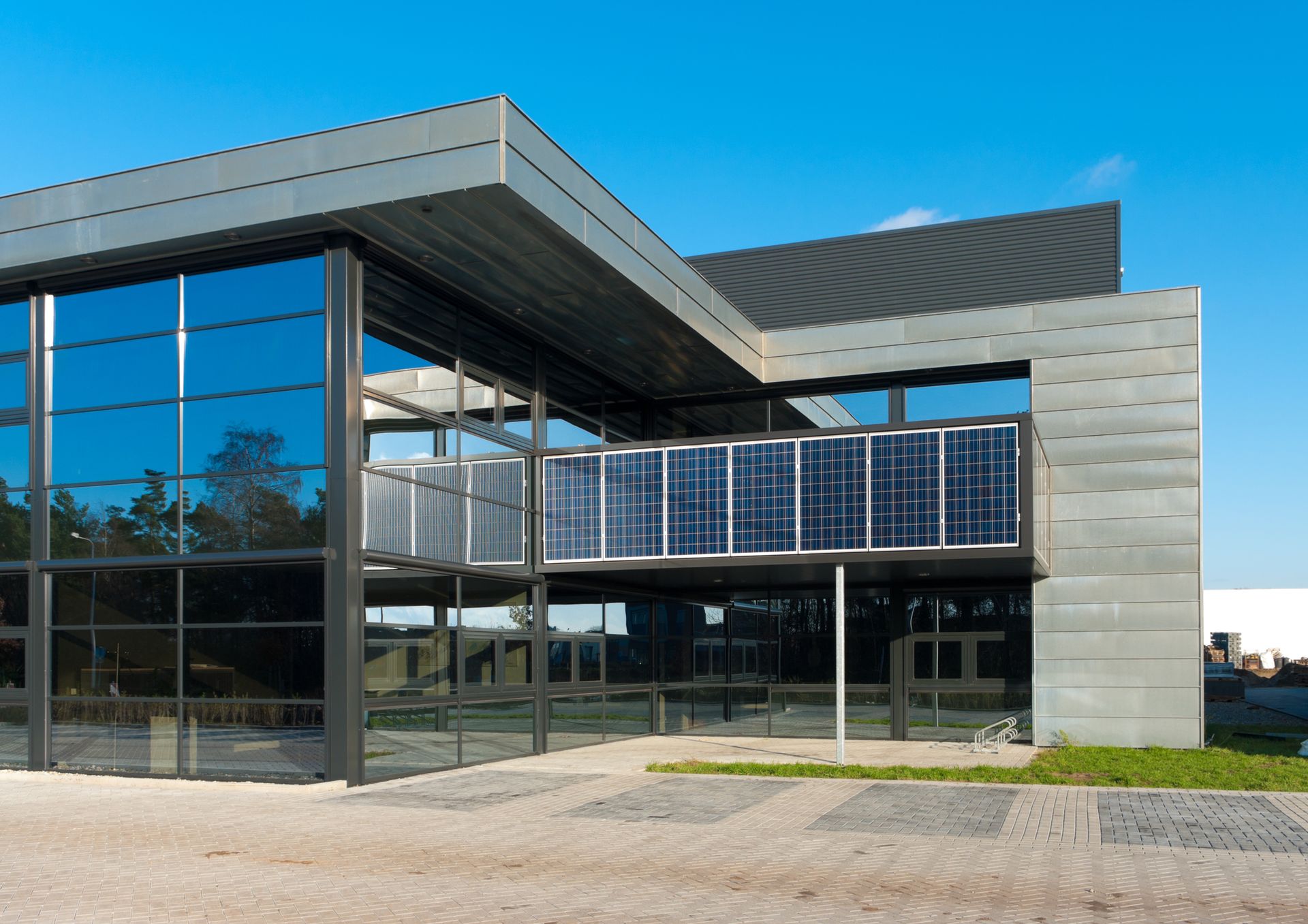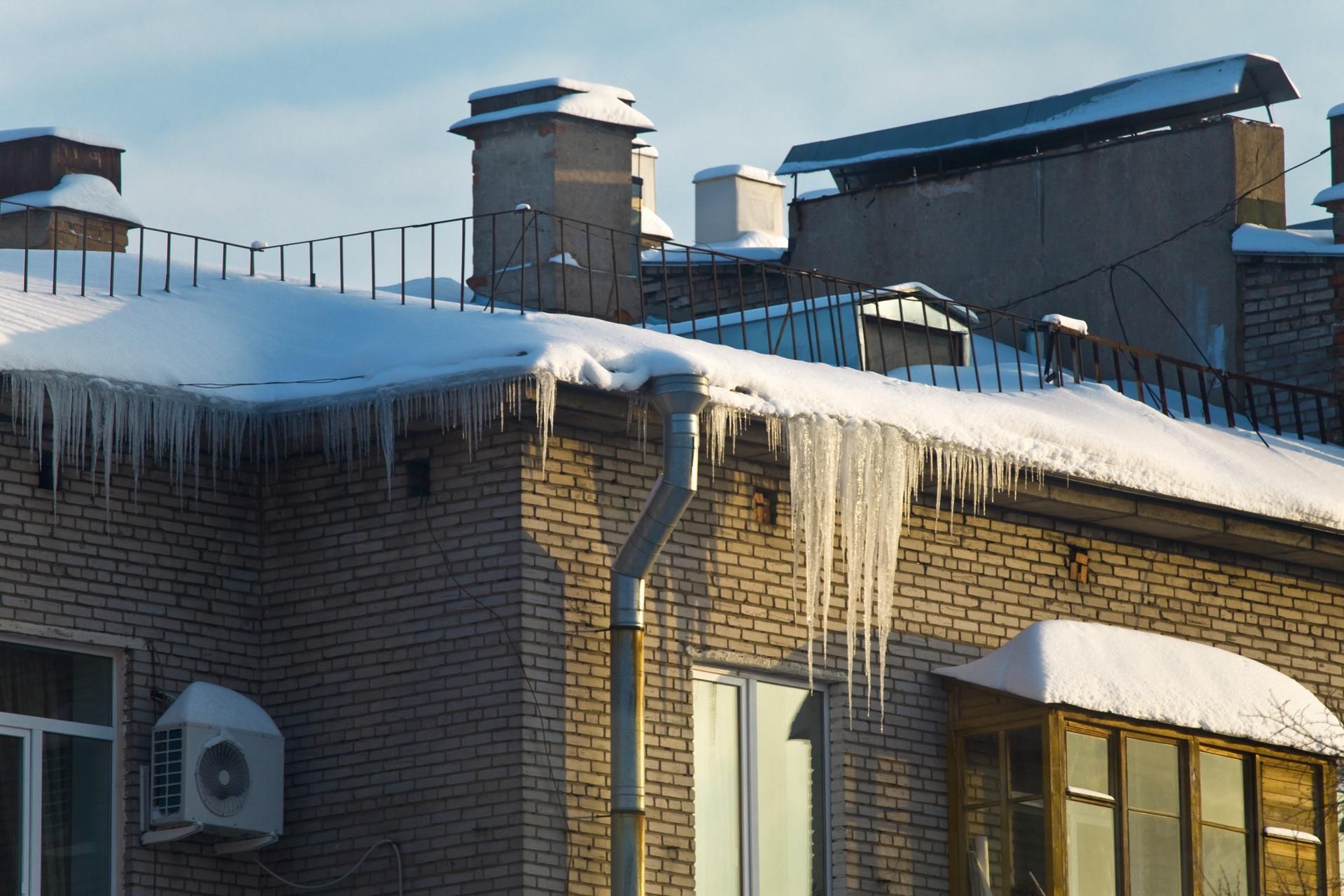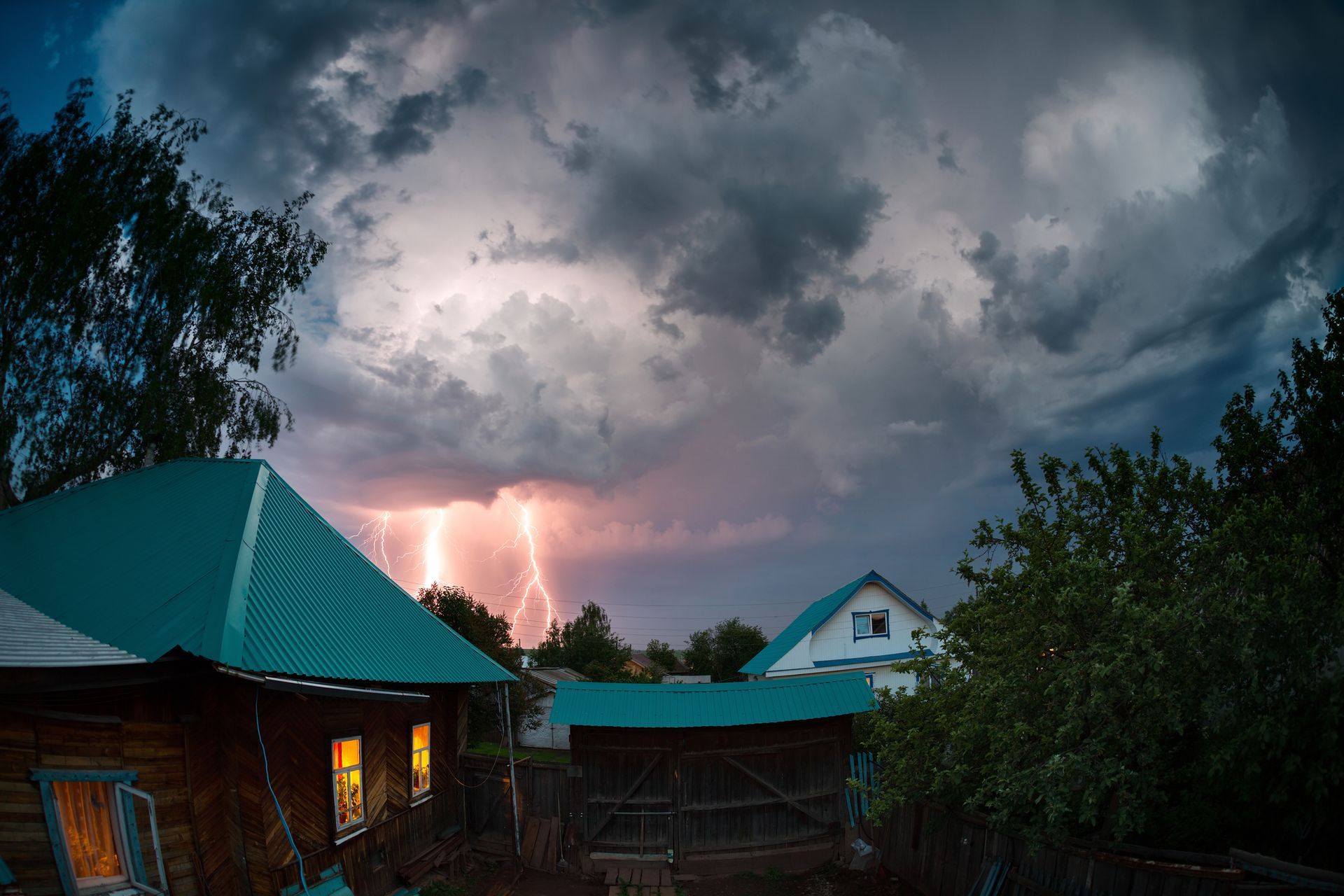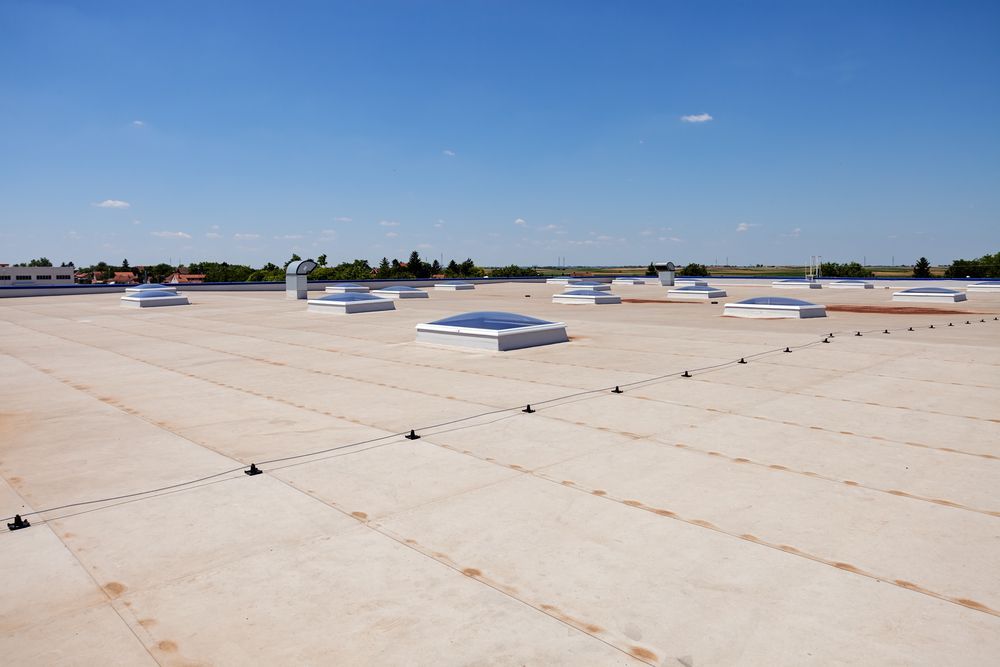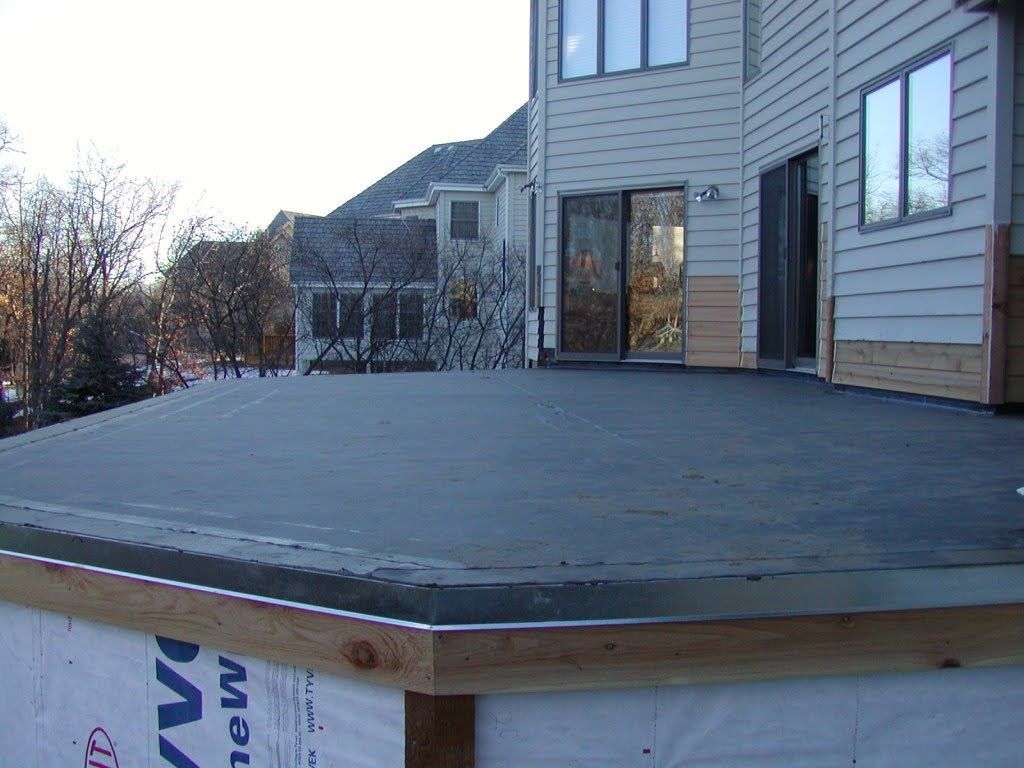NM License: 403611
Flat Roof Systems and Ponding

Why is water ponding on your flat roof — and what should you do about it? Your home's roof shouldn't become a wading pool after heavy rain. Even though some water may sit on the surface during a storm, proper drainage is an essential part of your roof's overall health, appearance, and lifespan. If you've noticed post-storm puddles, take a look at what you need to know about this common roofing issue.
What Is Ponding?
Before you go any further, make sure ponding is the problem. Whether you're a first-time homeowner or just a flat roof novice, you may need to know more about this water-related issue. As the name implies, ponding happens when water ponds (or puddles) on the surface of the flat roof. While this is likely to happen during and immediately after a rainstorm, true ponding is noticeable water retention that lasts for more than just a few minutes or hours.
According to the National Roofing Contractors Association (NRCA), ponding refers to water accumulation that doesn't dry (under conditions that would permit drying) for 48 or more hours. This means the puddle you see the moment the rain ends or the water that doesn't dry during a post-storm drizzle isn't true ponding.
How Do You Know If Your Roof Has a Ponding Problem?
You can’t easily see noticeable standing water on a flat roof. Unlike a pitched roof, you won't see the entire surface from ground level. This makes it challenging to detect ponding. The shape and placement of the roof also makes it difficult to know if the water has truly sat for more than 48 hours or not.
You may need to contact a roofing contractor to get an accurate picture of the ponding and any damage that water has already caused or could cause. A professional roofer with flat roof experience has the knowledge, experience, and equipment to safely inspect the area.
Homeowners should never attempt to walk on the roof themselves. Even though the surface is flat, ponding water and potentially damaged surface material could pose serious safety issues that a novice could not easily navigate.
Why Is Ponding Water a Problem for a Flat Roof?
A flat roof is made to withstand the elements. Water should never leak in through the surface material. But this doesn't mean that ponding can't damage your home. 48 or more hours of ponding puts pressure on the deck structure and can cause structural problems. The constant stress that pooled water creates can also cause the membrane (the upper surface) to wear prematurely.
Along with premature wear, the water-logged surface can also promote the growth of algae, vegetation, mold, and mildew or cause debris to accumulate. These issues can add to existing erosion or cause the membrane to break down faster than it otherwise would have. This impacts the durability and lifespan of the roof.
A compromised roof membrane allows water in and leads to interior leaks. Even though the roof sits on top of an attic or top floor living space, the water may not stay on the ceiling. Instead, it could work its way into the framework of your home, down walls, onto flooring, or into furniture and other belongings. This can cause widespread structural, aesthetic, and property damage.
How Can You Repair Ponding on a Flat Roof?
Only a qualified contractor should repair the cause of ponding or the resulting damage. Failure to correctly diagnose the problem or repair the roof could result in structural deficiencies and additional damage. The roofer will need to address the existing slope and design, the structure underneath the roof (including the rest of your home and foundation), the layers of material on the roof, insulation issues, and drainage.
Does water pond on your flat roof? Contact Flat Roofing Experts, LLC, for more information.

